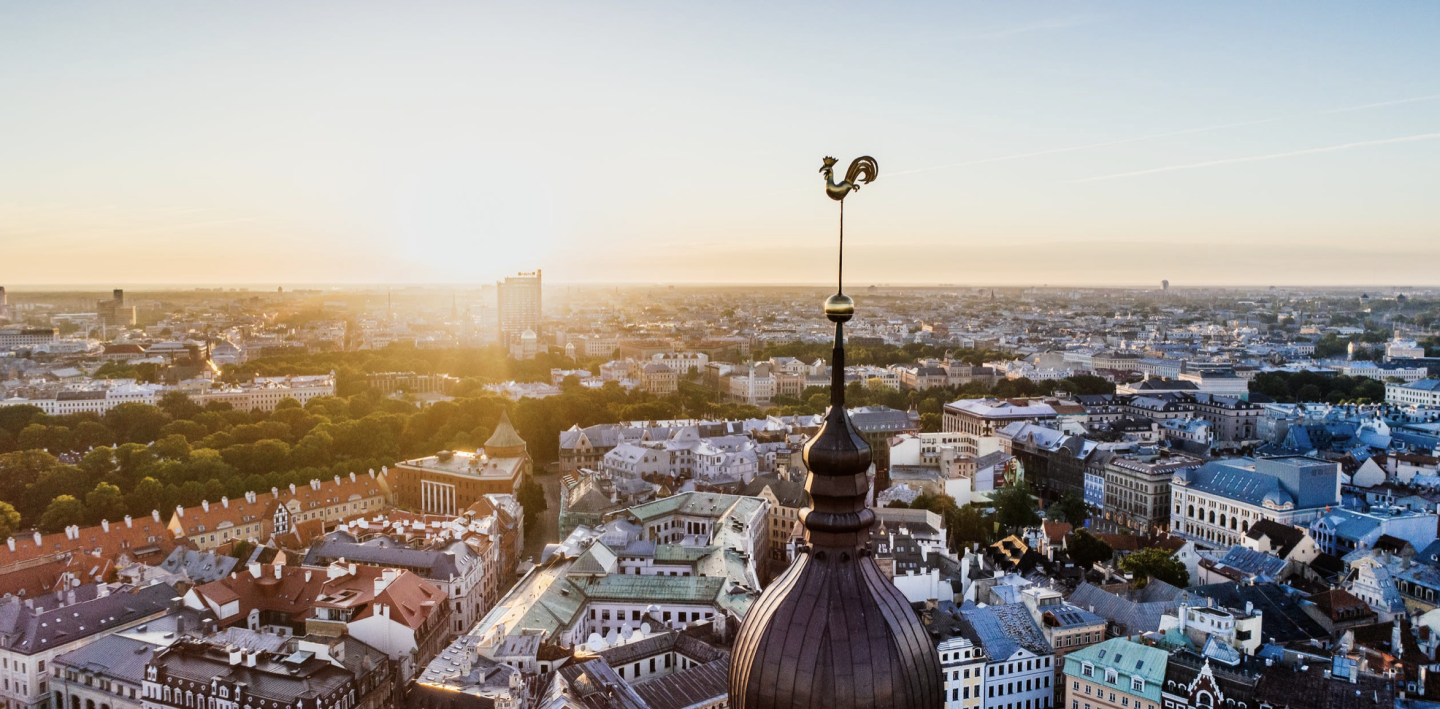„coopetition“. Possible involvement in TeBiCE project, is directly related to secondary raw materials and by-products, of which the hemp processing industry is largely.
Can you shortly introduce yourself?
An observer and researcher of natural, social and individual potentials and processes, who connects them in meaningful relationships. University-educated agronomist and movement theater actor, formally cluster manager for 6 years and chairman of the board of HempCooperative for 8 years, previously 17 years in various business and management positions at PBS Holding (AT) and 7 years freelance artist.
What potential do you see in the usage of by-products for a circular approach?
I am convinced that circularity, and especially the one that starts and ends in (healthy) soil, is the only one of the few really effective ways to achieve a zero-waste economy. Therefore, all agro-food by-products should be processed with a higher added value, so that after fulfilling the purpose by composting, they are returned to the soil, or if this is not possible, they are used for the production of energy. Thus, the so-called bio-waste becomes a (strategic) secondary raw material and returns to synergistic photosynthesis in a closed circle – which is completely ecological and fully economic = no unwanted impacts on life and no additional costs.
Why is using by-products as a resource and/or finding new applications for by-products important to you?
Because it is a matter of sustainable being in respect and understanding. It is an essential basis for the expansion and transformation of agriculture and industry. In addition, it is a development and business challenge.
Where do you see the greatest potential?
The coverage is as broad as agriculture and foodproduction itself, but hemp (Cannabis sativa), with its wide range of main and secondary materials/products, appears to be an unrivaled cultural plant.
Where are your challenges?
Achieving the maximum possible biocircularity “from the soil back to the soil” in the widest product range. Currently, the use of microfiber and hemicellulose dust in biocomposites for 3D printing.
